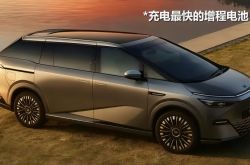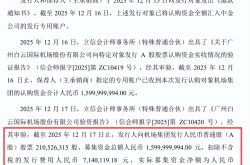Xiaomi SUV makes its debut! A tribute to Lixiang in details, aiming for Ferrari-level handling?
![]() 09/19 2024
09/19 2024
![]() 599
599
Xiaomi SU7 can be considered a success. In the domestic market, a new car needs years of brand reputation accumulation to achieve monthly sales of over 10,000 units, but Xiaomi SU7 achieved this feat in just one quarter, even topping the sales chart of mid-to-large sedans in August.
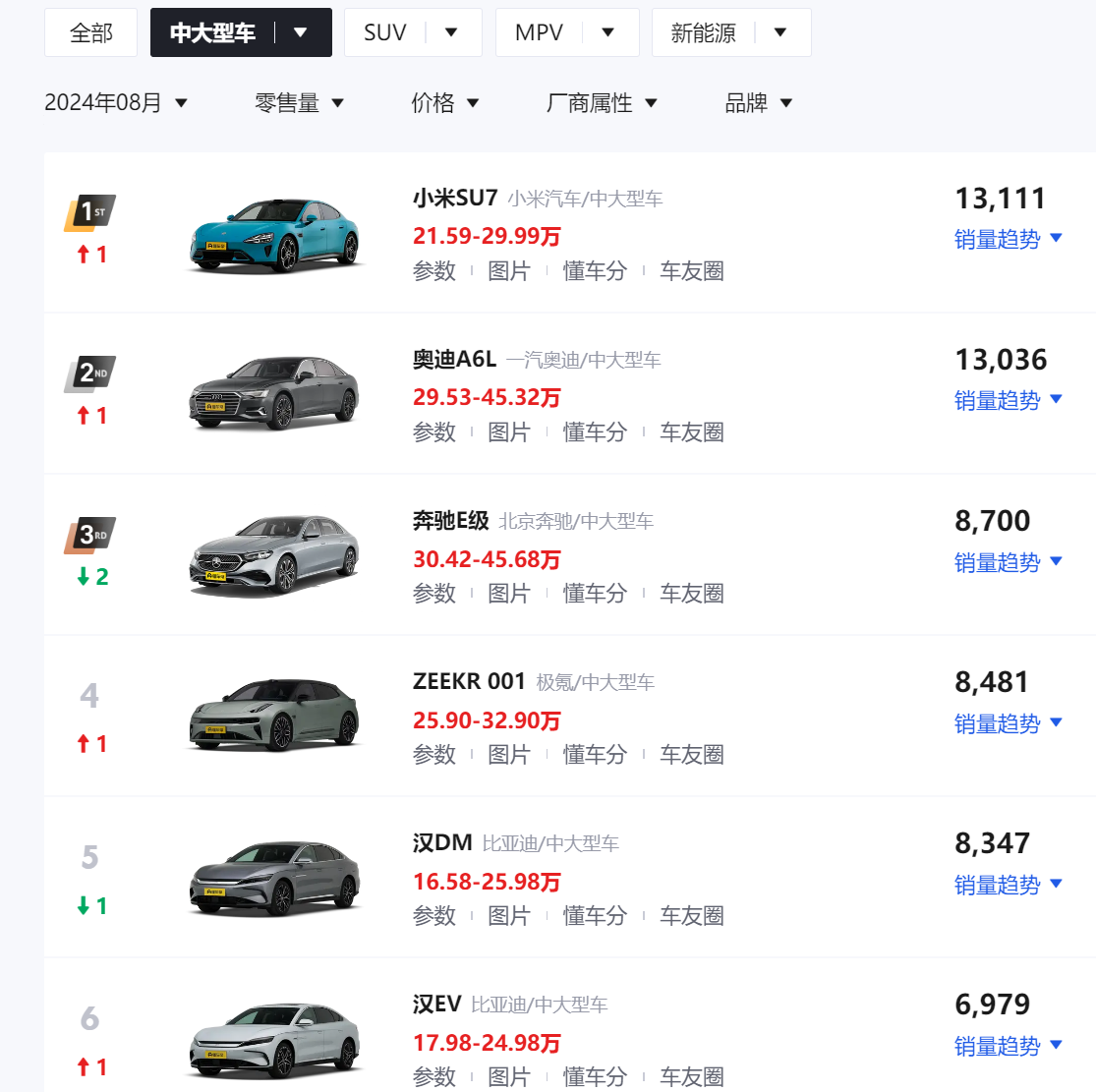
Remember when auto industry heavyweights like Wei Jianjun, He Xiaopeng, Li Bin, and Li Xiang personally attended Xiaomi SU7's launch event. When the price of Xiaomi SU7 was announced, the four executives had varied expressions, which netizens quickly "interpreted."
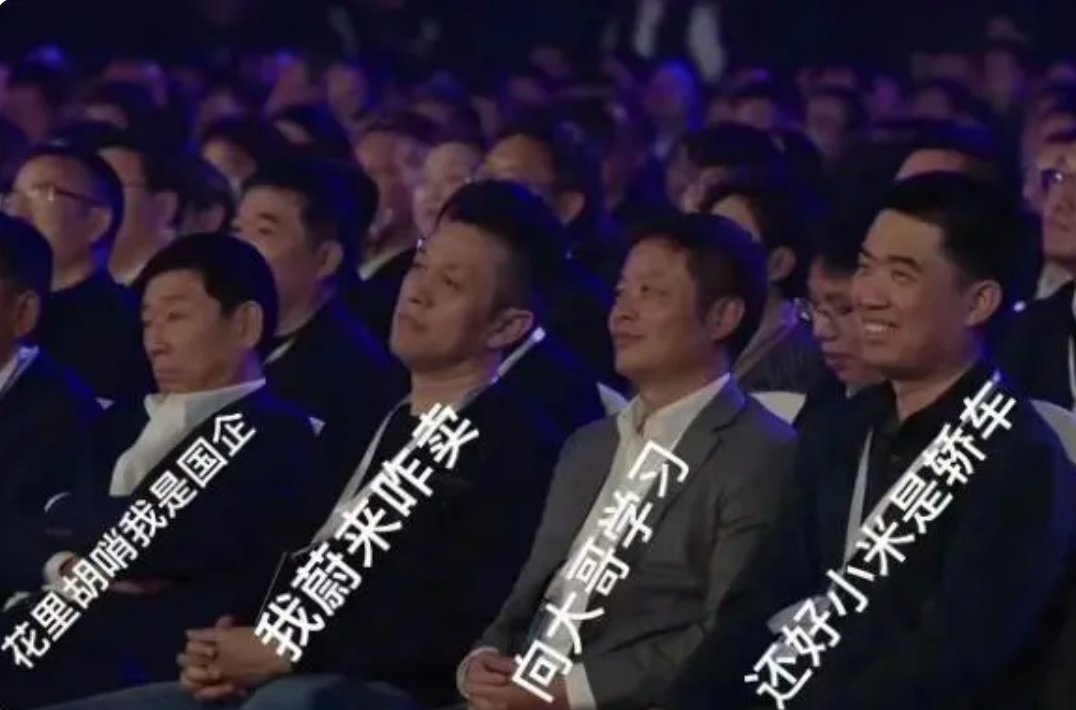
Expressions alone may not mean much, but Xiaomi SU7's entry into the market has undoubtedly shaken up the mid-to-high-end pure electric vehicle market. If Xiaomi were to introduce an SUV, its impact on other new-energy brands would be even greater. Xiaotong noticed that as early as June, an auto blogger exposed road test spy shots of Xiaomi's first SUV (internally codenamed "MX11," hereinafter referred to as "Xiaomi MX11"). Recently, many media outlets have even drawn renderings of Xiaomi MX11, and interior spy shots have also been exposed.
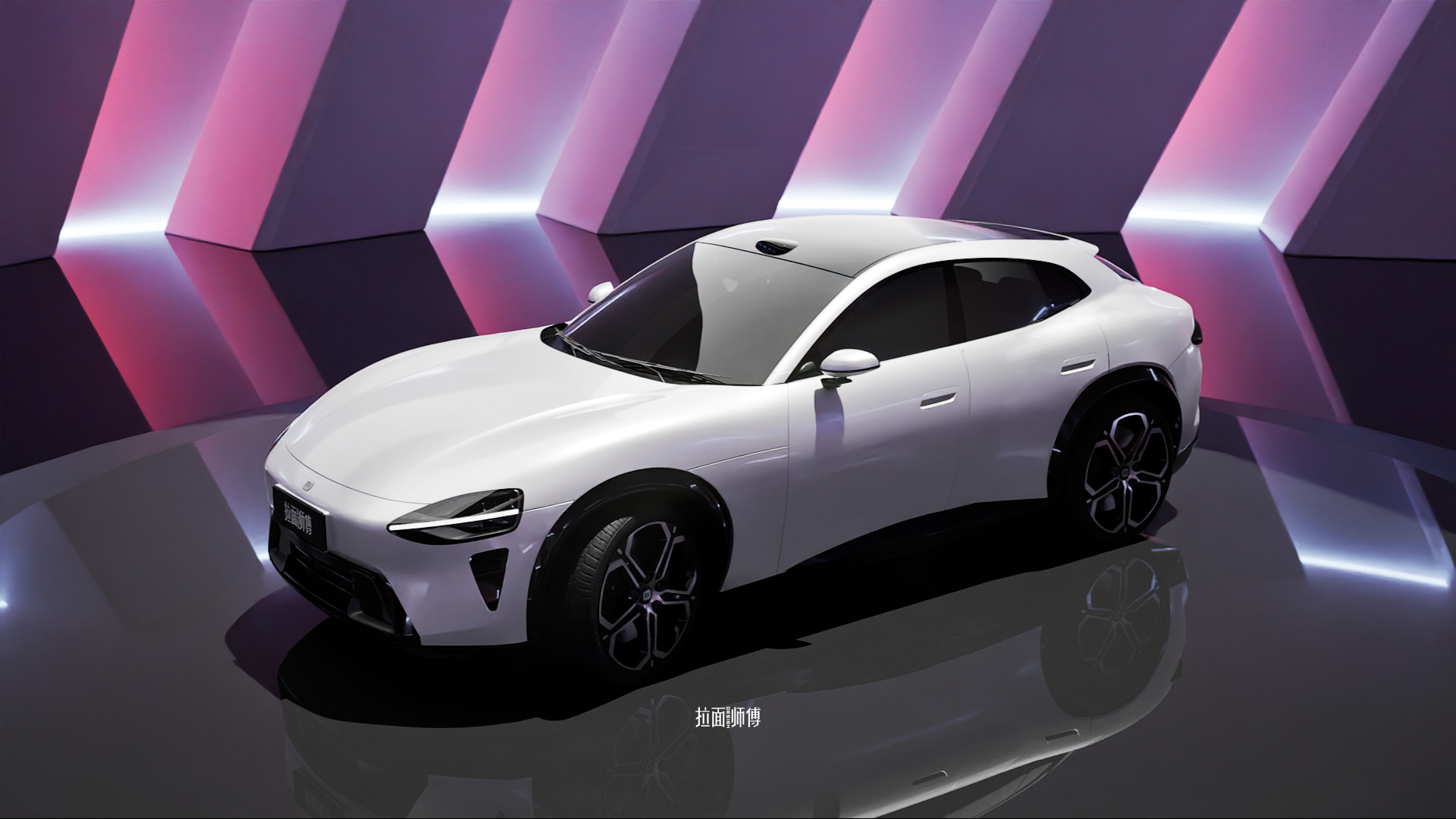
Image source: Lamian Chef
Lei Jun stated that Xiaomi Automobile will deliver at least 100,000 vehicles this year and strive for an annual delivery volume of 120,000. According to the disclosed plan, Xiaomi MX11 will likely begin its promotional campaign around next year's Spring Festival and is expected to be launched in the first quarter of next year. In other words, Xiaomi Automobile will rely solely on the Xiaomi SU7 this year, with a focus on the pure electric SUV market next year.

Data from the China Passenger Car Association shows that SUVs account for nearly 3 percentage points more of the market share than sedans. Relying solely on one sedan and brand influence is clearly insufficient to help Xiaomi Automobile compete with other automakers. Xiaomi MX11 will become a key model in boosting brand sales.
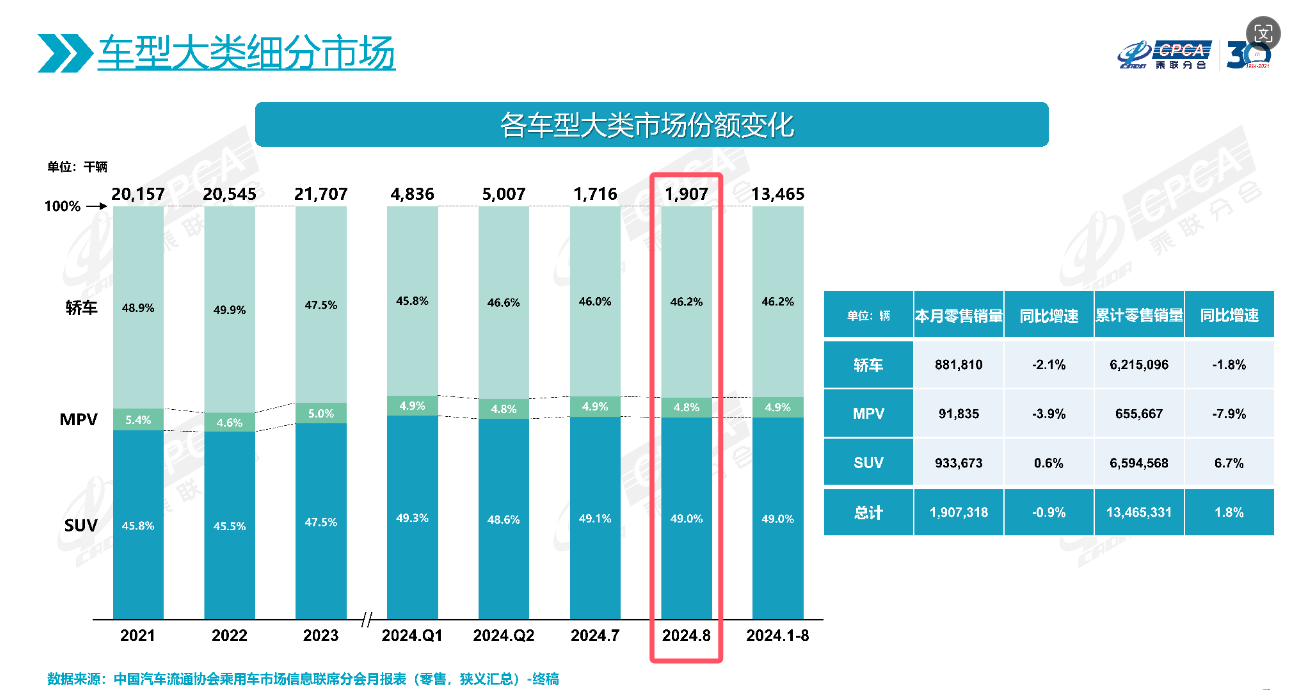
Unfortunately, the interior spy shots exposed this time are not high-definition, but Xiaotong has tried to find as much information as possible to infer the design features and product attributes of Xiaomi MX11.
Interior exposed, Xiaomi pays tribute to Li Auto in the smart auto world?
Let's start with the fresh interior spy shots, which reveal details such as the instrument cluster, central control screen, and center console.
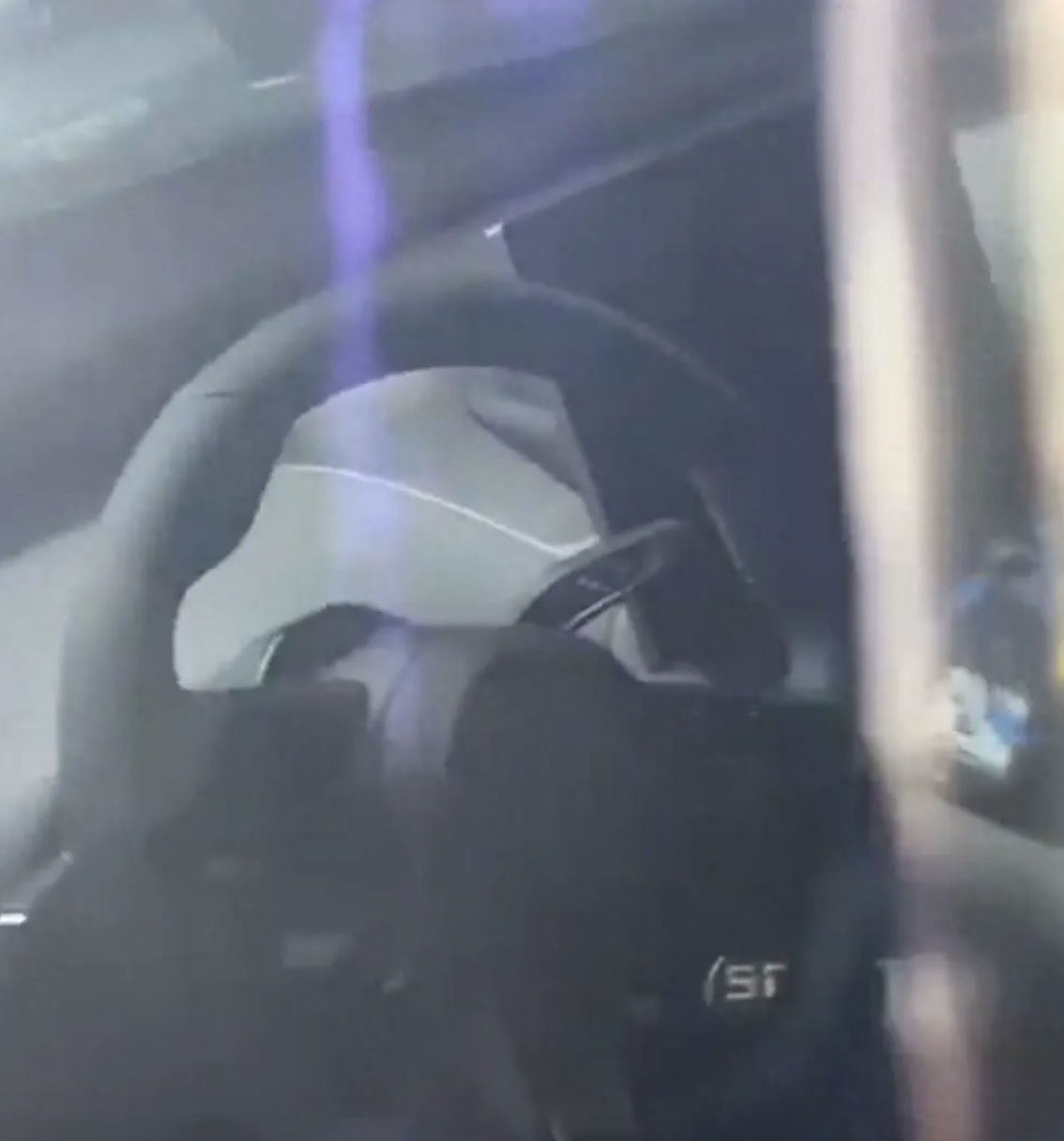
The gear lever and square central control screen of Xiaomi MX11 are similar to those of Xiaomi SU7, and even the steering wheel design and function button areas remain unchanged. This is not surprising, but Xiaotong noticed that the instrument cluster of Xiaomi MX11 is different from that of Xiaomi SU7.

Xiaomi SU7
You might ask, isn't it just the steering wheel that's different? What's so special about that?
It's important to note that the instrument cluster in Xiaomi SU7, like most traditional models, adopts an embedded design, with an additional flip design that adds a sense of ceremony to the interior. What's unique is that the instrument cluster of Xiaomi MX11 is positioned further forward than that of Xiaomi SU7, but based on the steering wheel design, it's unlikely that Xiaomi MX11's instrument cluster will be styled similarly to Li Auto's R7.

Li Auto R7
The instrument cluster of Li Auto's R7 is positioned closer to the windshield, allowing the driver to maintain a higher line of sight and eliminating the need for a HUD display. However, to prevent the steering wheel from blocking the view, the top and bottom ends of the steering wheel are designed to be relatively flat. Nevertheless, Xiaomi MX11's steering wheel maintains a more rounded design, which is evidence that the driver needs to look through the steering wheel to view the instrument cluster. Therefore, Xiaotong can only speculate that Xiaomi MX11's instrument cluster and central control screen are not on the same horizontal line, and the instrument cluster may be larger than the 7.1-inch one in Xiaomi SU7.

In addition, the center console of Xiaomi MX11 is completely different from that of Xiaomi SU7, instead resembling models from Wenjie and Li Auto. Xiaomi SU7's center console features multiple physical buttons, but Xiaomi MX11's center console is entirely occupied by a wireless charging pad for phones and two cup holders, with the rest of the space dedicated to storage compartments, enhancing storage capacity.

Xiaomi SU7
The physical buttons on Xiaomi SU7's center console include one-touch start, as well as controls for air conditioning temperature, fan speed, tailgate opening, and air suspension height adjustment. Xiaomi Automobile views Xiaomi SU7 as a pure electric sedan focused on handling, and retaining these buttons enhances the driver's control experience. However, as an SUV, Xiaomi MX11 prioritizes luxury and comfort, so removing these buttons is not unreasonable, and many popular new-energy models, such as those from Hongmeng Zhixing and Li Auto, have done the same.
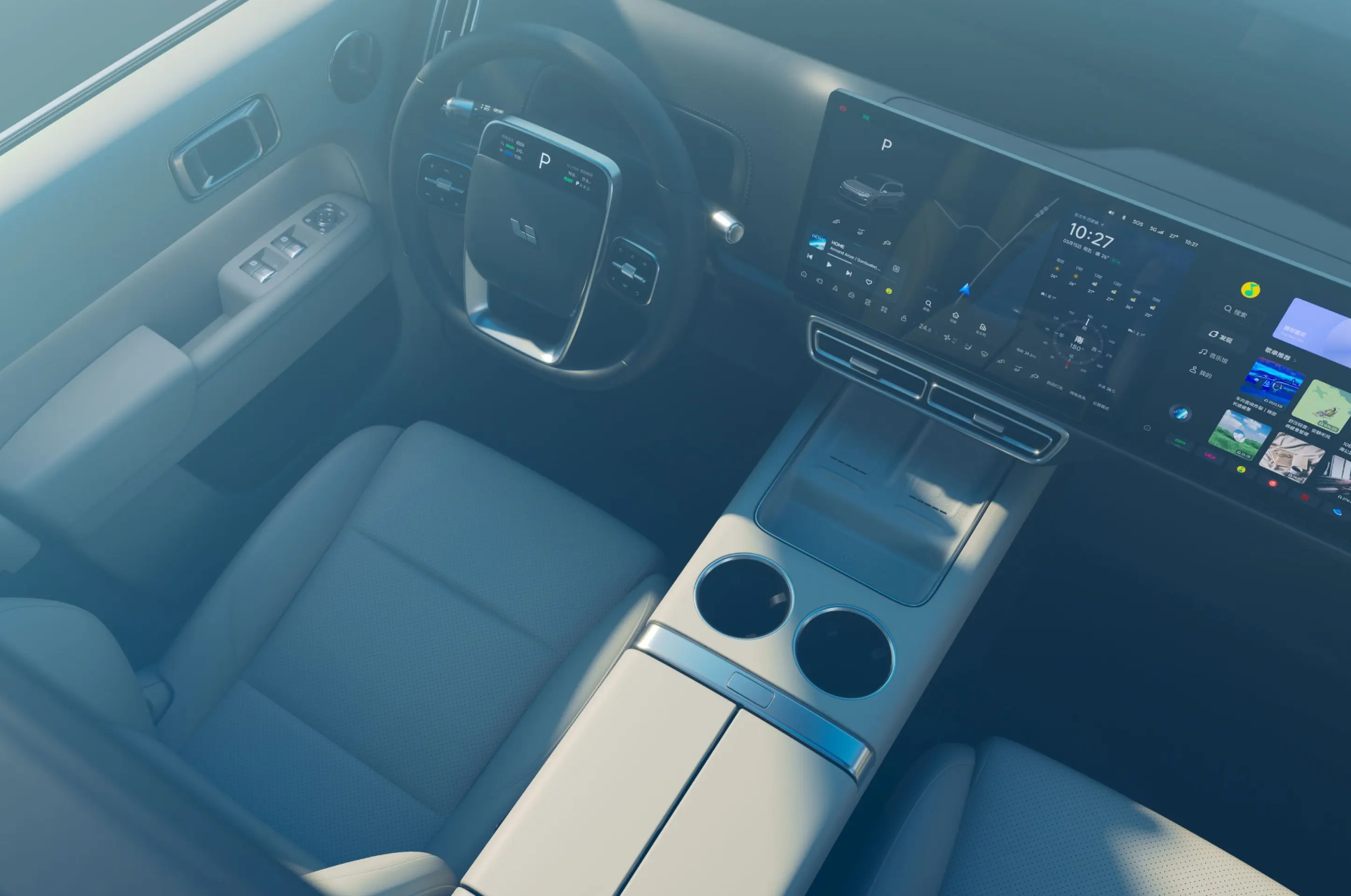
Li Auto L8
In this regard, there are indeed many changes in the interior design of Xiaomi MX11, but many of these changes are aimed at catering to the comfort needs of SUV buyers. It's undeniable that Xiaomi MX11's design adjustments are more reasonable than sharing a common design language. Additionally, Xiaotong speculates that the unique advantages of Xiaomi SU7, such as extended accessories and intelligence, are likely to be carried over to Xiaomi MX11.
Similar to Ferrari's SUV, will Xiaomi MX11 prioritize handling?
The exterior spy shots of Xiaomi MX11 are heavily camouflaged, and the renderings released by other media are "for reference only," but Xiaomi MX11 does bear some resemblance to Ferrari's SUV, the Purosangue.
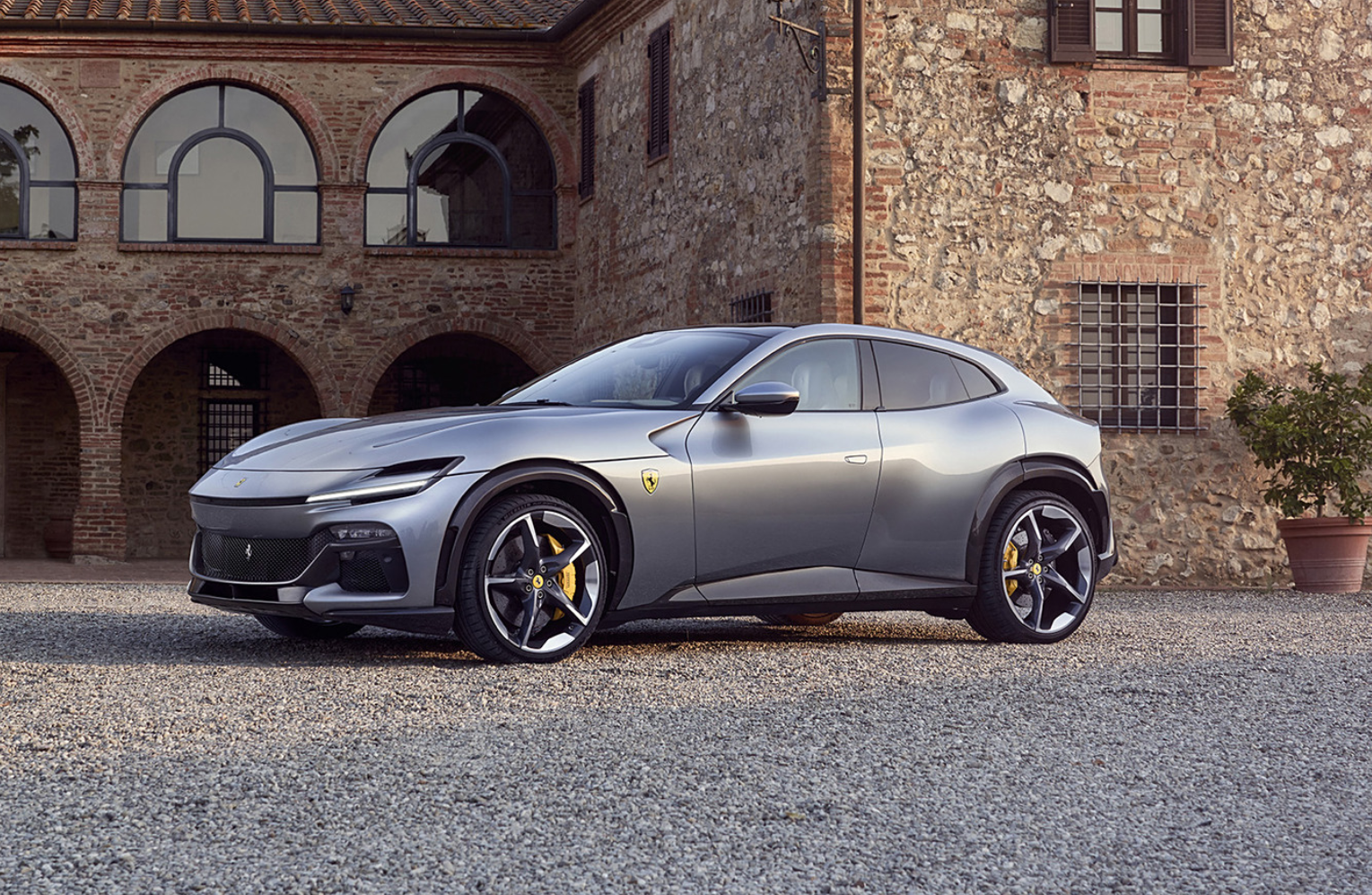
While the Ferrari Purosangue is classified as an SUV, its sleek and rounded lines are designed to minimize wind resistance. This comes at the expense of storage capacity and requires a lower center of gravity. As a result, the roofline is not heavily emphasized, giving the car a "top-heavy" appearance from the side.
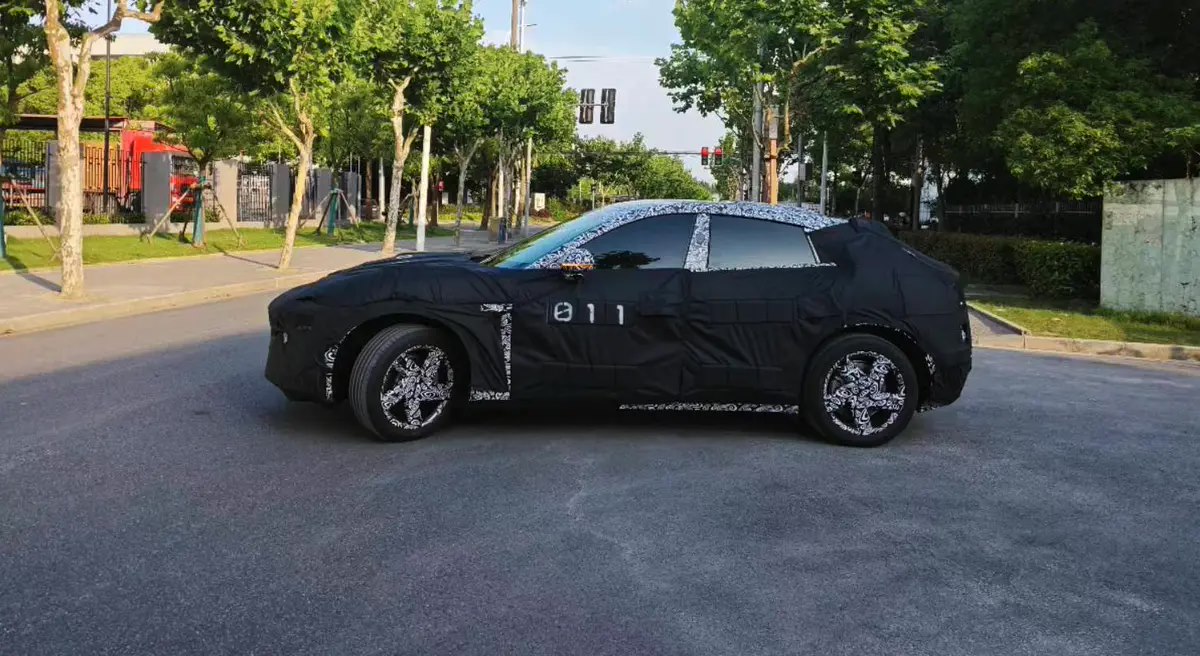
With a similar design philosophy, Xiaomi MX11's trunk storage capacity naturally falls short of traditional SUVs, further validating why Xiaomi MX11 dedicates more space in the center console to storage compartments. The essence lies in minimizing the impact of the body shape on storage capacity. Moreover, while Xiaomi MX11's trunk may not match that of traditional SUVs in its class, its seat flexibility and ride comfort are likely to rival popular family-oriented new-energy SUVs like those with rear screens and zero-gravity seats.
Furthermore, Xiaomi MX11's choice of such a body style suggests that it aims to carry over the handling qualities of Xiaomi SU7 to its SUV lineup.
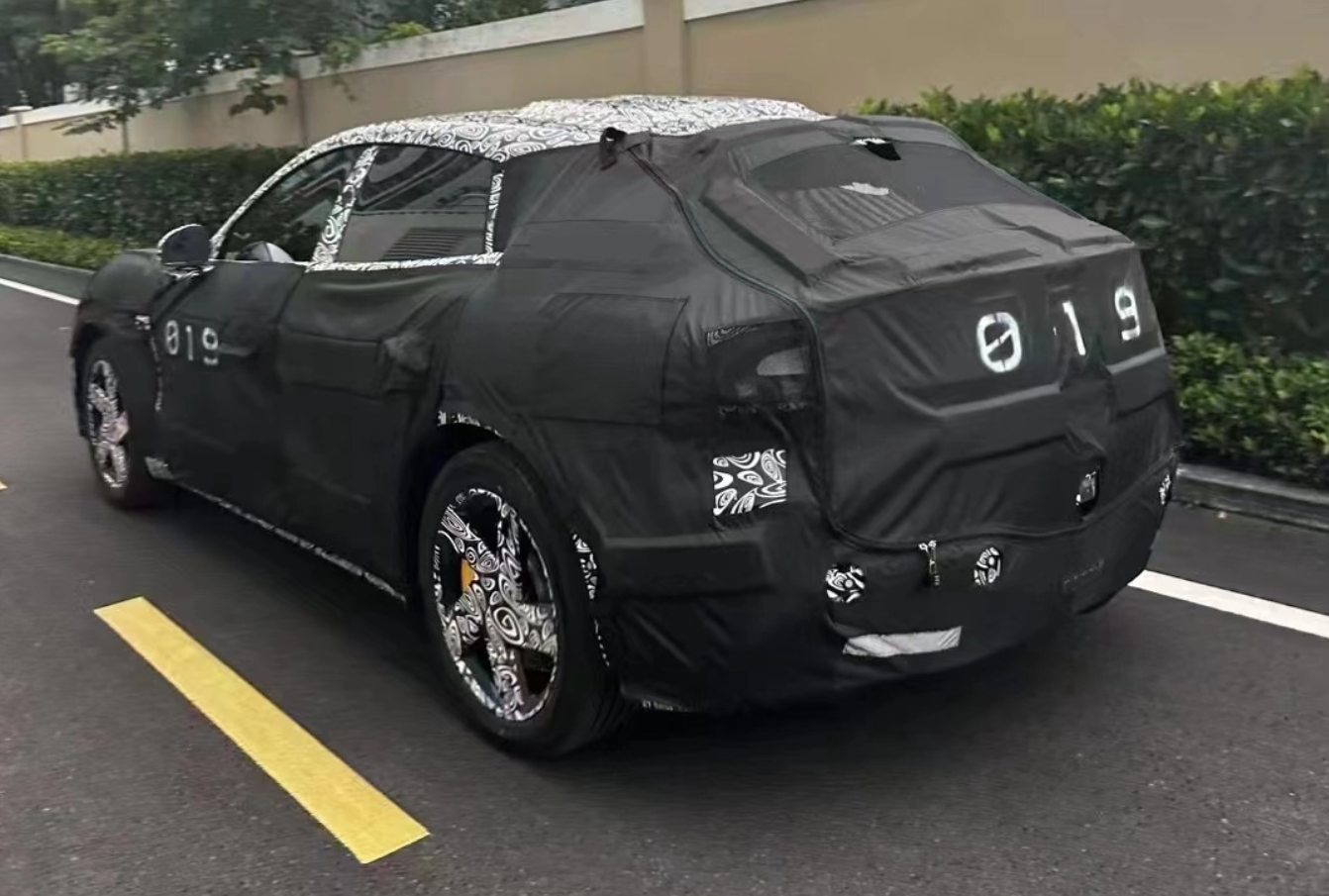
It's important to note that there aren't many SUVs in the domestic market that prioritize handling. Consumer-approved options might include foreign brands like BMW X3, Porsche Macan, and Volkswagen Touareg. Among domestic brands, SUVs with exceptional handling capabilities are rare. Xiaomi MX11 is poised to offer a unique experience distinct from pure electric SUVs like Tesla Model Y, Xpeng G6, and Letao L60, potentially becoming the first pure electric SUV with Ferrari Purosangue-like handling for young buyers.

Considering that the manufacturing cost of SUVs is higher than that of sedans, it's known that Xiaomi MX11 will not be positioned lower than Xiaomi SU7. Based on Xiaomi SU7's price range, Xiaotong speculates that Xiaomi MX11's price range will be around 300,000 yuan.
Xiaotong observes that there are many new-energy SUVs in the domestic market, but the best-selling models are closely tied to the family market, especially extended-range SUVs from Li Auto and Wenjie, which offer driving experiences similar to pure electric vehicles, no range anxiety, ample space, and rich interior configurations.
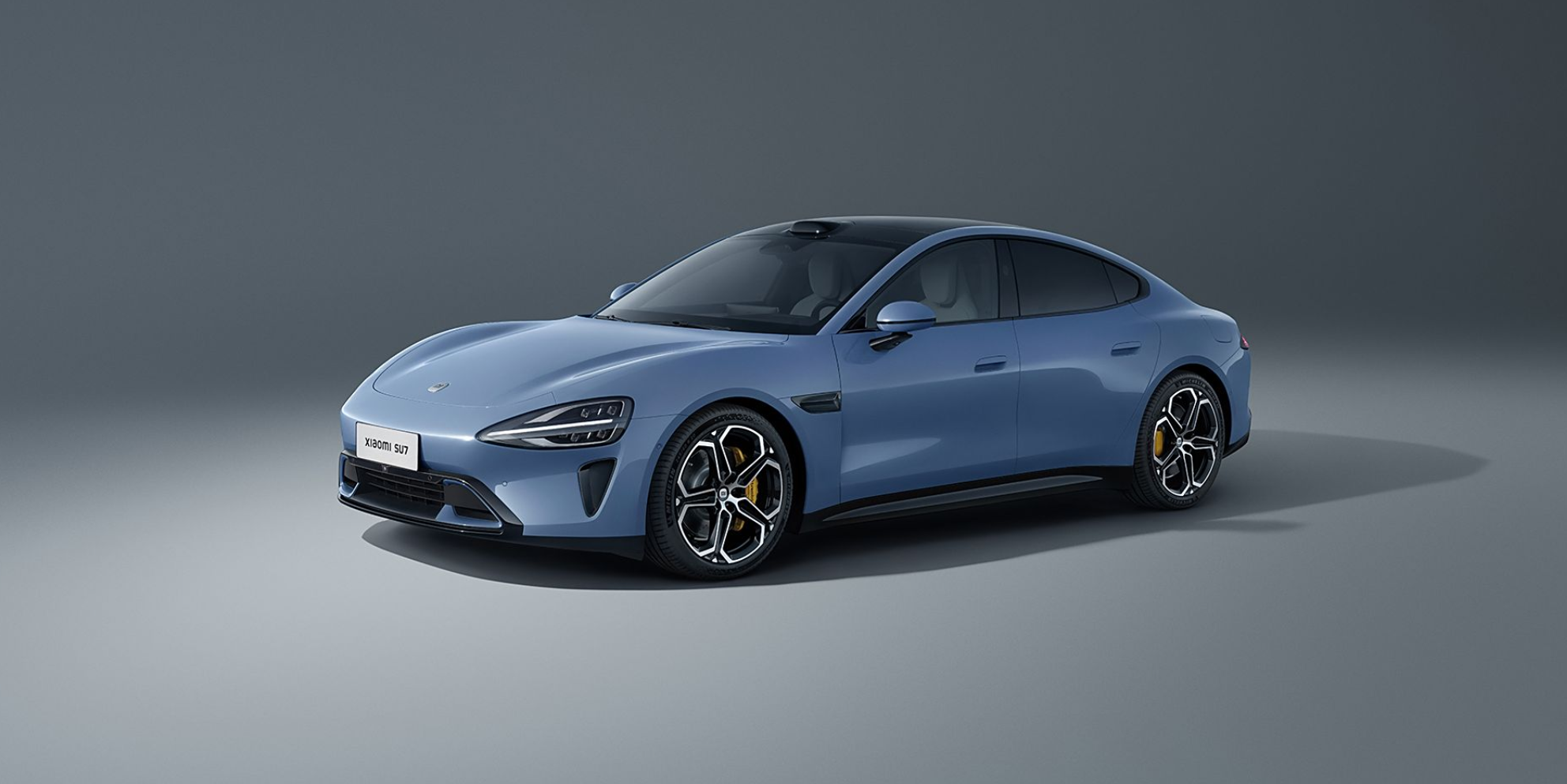
In contrast, new-energy coupe-style SUVs on the market, such as Denza N7, Song L, Haise 07 EV, IM Motor LS6, and AVATR 11, do not have outstanding sales figures. Ultimately, for family users, fashionable styling is a matter of personal aesthetics rather than a rigid need. Traditional SUVs with ample space, on the other hand, can meet the rigid demand for space.
So, why doesn't Xiaomi Automobile follow the traditional SUV route? Xiaotong believes that Xiaomi Automobile may have two considerations.
First, Xiaomi SU7 has already established a reputation for handling, so it makes sense for Xiaomi to follow up with an SUV that prioritizes handling, further strengthening the brand's playful and dynamic image.
Second, the new-energy SUV market is highly competitive, and Xiaomi MX11, which will be launched next year, has already missed the initial wave of demand. To stand out, Xiaomi MX11 must offer differentiated advantages. If Xiaomi were to launch an SUV similar to Li Auto L8 and compete directly with Li Auto and Wenjie, it could result in a "lose-lose" situation for both Xiaomi and its competitors.
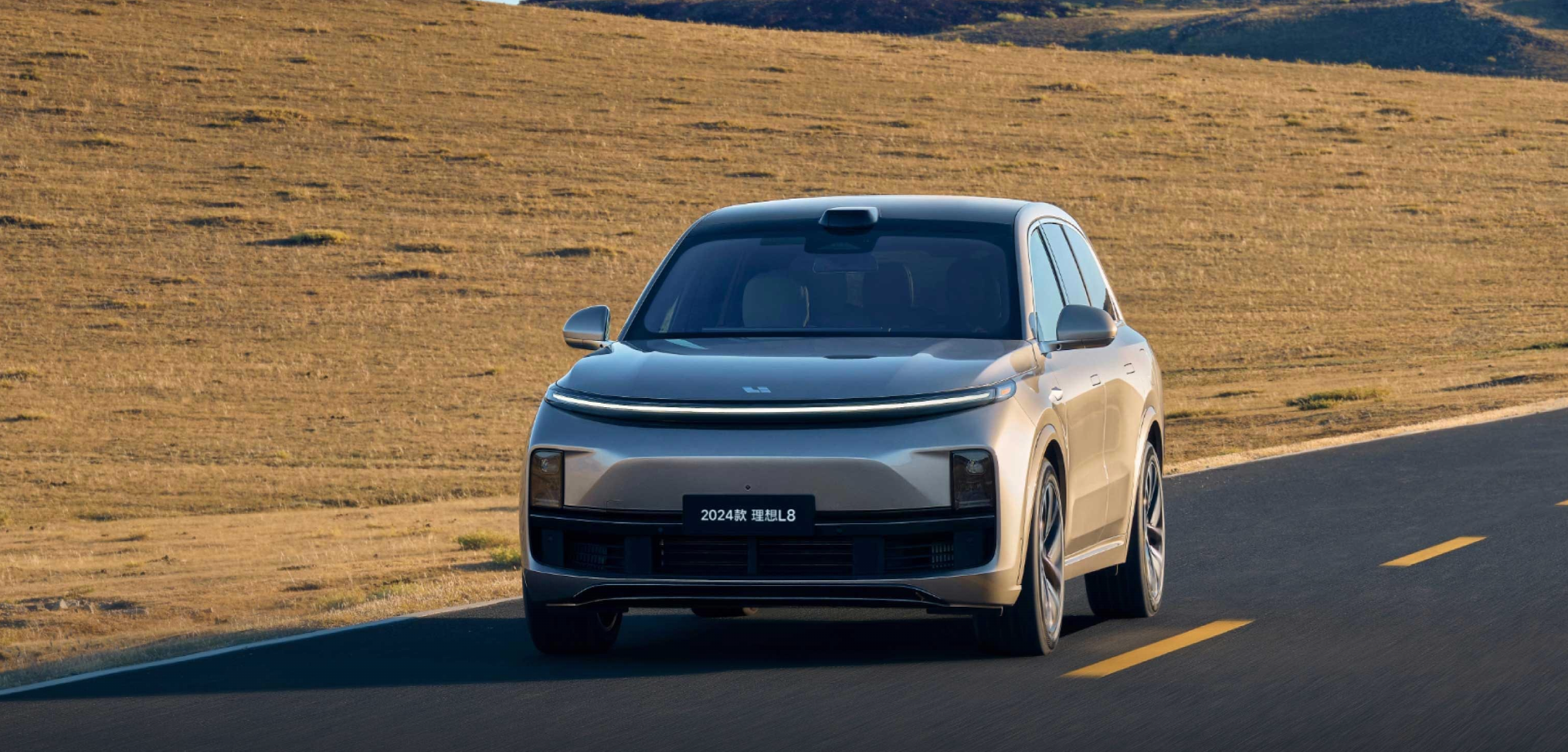
As for whether Xiaomi MX11 can attract more buyers with its handling capabilities, Xiaotong believes that Xiaomi SU7 offers a useful reference. While Xiaomi SU7 is a pure electric vehicle that prioritizes handling, it's not a "jack-of-all-trades." Competitors may excel in certain configurations, but Xiaomi and Lei Jun's influence is undeniably strong, attracting many Xiaomi fans to make purchases.
It's foreseeable that Xiaomi MX11 will replicate the "feverish" reception of Xiaomi SU7. As long as Xiaomi MX11 excels in ride comfort, it stands a chance of capturing potential buyers from pure electric SUVs like Tesla Model Y and Letao L60.
IFA100: Leitech Reporting Team Triumphantly Returns!
From September 6 to September 10, IFA100 (Internationale Funkausstellung Berlin) kicked off in Berlin, Germany.
Marking the 100th anniversary of IFA, AI large model technology is profoundly reshaping the tech industry. Leitech dispatched a reporting team to provide frontline, multi-dimensional, and professional coverage of IFA 100, generating over 40 pieces of content. Drawing on our extensive experience covering tech exhibitions like CES, MWC, and AWE, we ensured the timeliness, richness, and professionalism of our IFA coverage. The content was disseminated across Leitech's 3 million WeChat followers and 10 million new media matrix, with an estimated total readership/viewership exceeding 5 million across all platforms.
We look forward to meeting you again at the next IFA, CES, MWC, AWE, and other major tech exhibitions worldwide!
Source: Leitech

